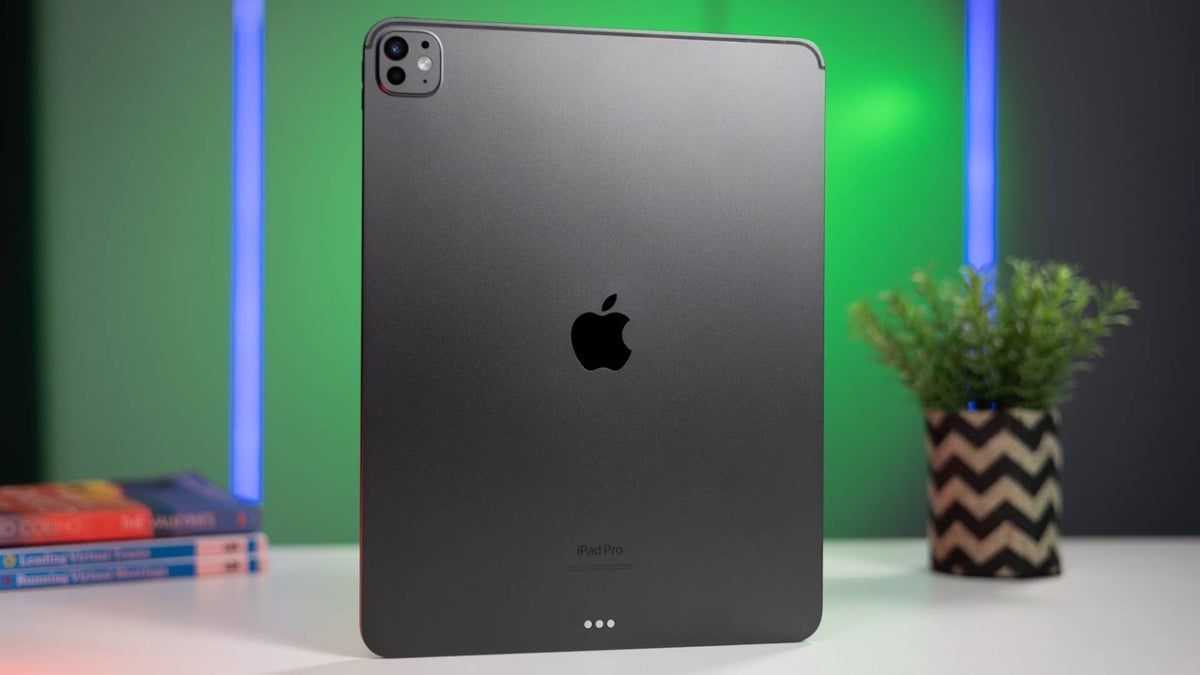Apple’s OLED Ambitions: A New Era for the iPhone SE
Apple is poised to revolutionize its budget-friendly iPhone SE lineup with a significant technological upgrade. According to recent reports, the upcoming 2025 iteration of the iPhone SE will feature a cutting-edge OLED display, marking a departure from the traditional LCD technology that has characterized the series. This transition not only signals a major shift in Apple’s product strategy but also has far-reaching implications for the display industry.

The OLED Advantage: A Superior Visual Experience
OLED (Organic Light-Emitting Diode) displays have long been lauded for their superior visual performance. Compared to LCDs, OLEDs offer deeper blacks, richer colors, and better contrast ratios. This translates into a more immersive and vibrant viewing experience for users. Additionally, OLED displays are known for their thinner profiles, allowing for sleeker and more compact device designs.
A Farewell to LCD: The Impact on Apple’s Supply Chain
Apple’s decision to adopt OLED technology for the iPhone SE marks the end of an era for LCD displays in the company’s product lineup. For years, Japanese companies like Japan Display (JDI) and Sharp have been key suppliers of LCD panels for Apple’s devices. However, with the shift to OLED, these traditional suppliers may face challenges.
Neither JDI nor Sharp currently manufactures OLED displays for smartphones. As a result, the transition to OLED could lead to a phase-out of these companies from Apple’s supply chain. This could have significant implications for the Japanese display industry, which has historically been heavily reliant on Apple’s business.
The Rise of OLED Suppliers: Samsung, LG, and BOE
As Apple embraces OLED technology, the demand for OLED displays is expected to surge. This will benefit South Korean giants Samsung and LG, which are already major players in the OLED market. Additionally, Chinese manufacturer BOE has been making significant strides in OLED technology and is likely to become a key supplier for Apple.
The transition to OLED could also provide opportunities for other emerging display manufacturers, as the demand for high-quality OLED panels continues to grow.
What to Expect from the Next iPhone SE
The adoption of OLED technology in the next iPhone SE could result in several enhancements. Users may expect a thinner and more premium design, improved battery life due to OLED’s energy efficiency, and a more immersive visual experience. However, it’s important to note that the transition to OLED could potentially lead to a slight increase in the device’s price.
FAQs:
When is the next iPhone SE expected to be released?
The next iPhone SE is anticipated to launch in 2025.
What are the key benefits of OLED displays over LCD displays?
OLED displays offer deeper blacks, richer colors, better contrast ratios, and thinner profiles.
How will the transition to OLED impact Apple’s supply chain?
The transition could lead to a phase-out of traditional LCD suppliers like JDI and Sharp from Apple’s supply chain.
What other companies are likely to benefit from the increased demand for OLED displays?
Samsung, LG, and BOE are expected to be major beneficiaries of the growing OLED market.




